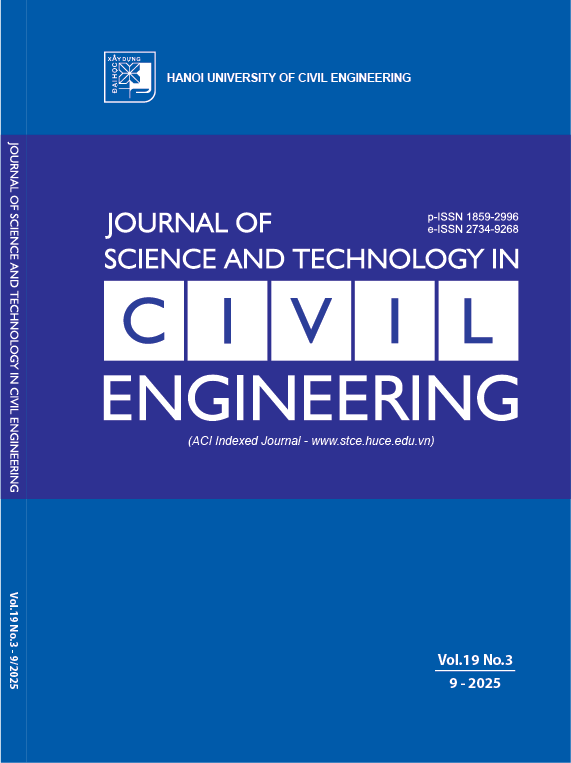Evaluation of the port operation conditions influencing the selection of Berth Occupancy Rates (BOR)
Abstract
This article presents a new approach to evaluate the factors that influence the selection of Berth Occupancy
Rates (BOR) using a simulation method. The berth occupancy rate is a crucial parameter used to determine the number of berths and the operational capacity of a port. Typically, studies, guidelines, and standards suggest that the berth occupancy factor should be based on the pattern of ship arrivals at the port. However, these recommendations often overlook natural conditions and port operational regulations. This paper investigates how port operation conditions (such as waves and water levels) and safety conditions (including safety protocols) affect the determination of the berth occupancy factor and provides a comprehensive analysis of these influences. The research findings are specifically applied to Lach Huyen Port in Hai Phong, offering a representative example for selecting an appropriate berth occupancy factor under varying conditions.
Downloads
Copyright (c) 2025 Hanoi University of Civil Engineering

This work is licensed under a Creative Commons Attribution-NonCommercial-NoDerivatives 4.0 International License.
1. The Author assigns all copyright in and to the article (the Work) to the Journal of Science and Technology in Civil Engineering (JSTCE) – Hanoi University of Civil Engineering (HUCE), including the right to publish, republish, transmit, sell and distribute the Work in whole or in part in electronic and print editions of the Journal, in all media of expression now known or later developed.
2. By this assignment of copyright to the JSTCE, reproduction, posting, transmission, distribution or other use of the Work in whole or in part in any medium by the Author requires a full citation to the Journal, suitable in form and content as follows: title of article, authors’ names, journal title, volume, issue, year, copyright owner as specified in the Journal, DOI number. Links to the final article published on the website of the Journal are encouraged.
3. The Author and the company/employer agree that any and all copies of the final published version of the Work or any part thereof distributed or posted by them in print or electronic format as permitted herein will include the notice of copyright as stipulated in the Journal and a full citation to the Journal as published on the website.







